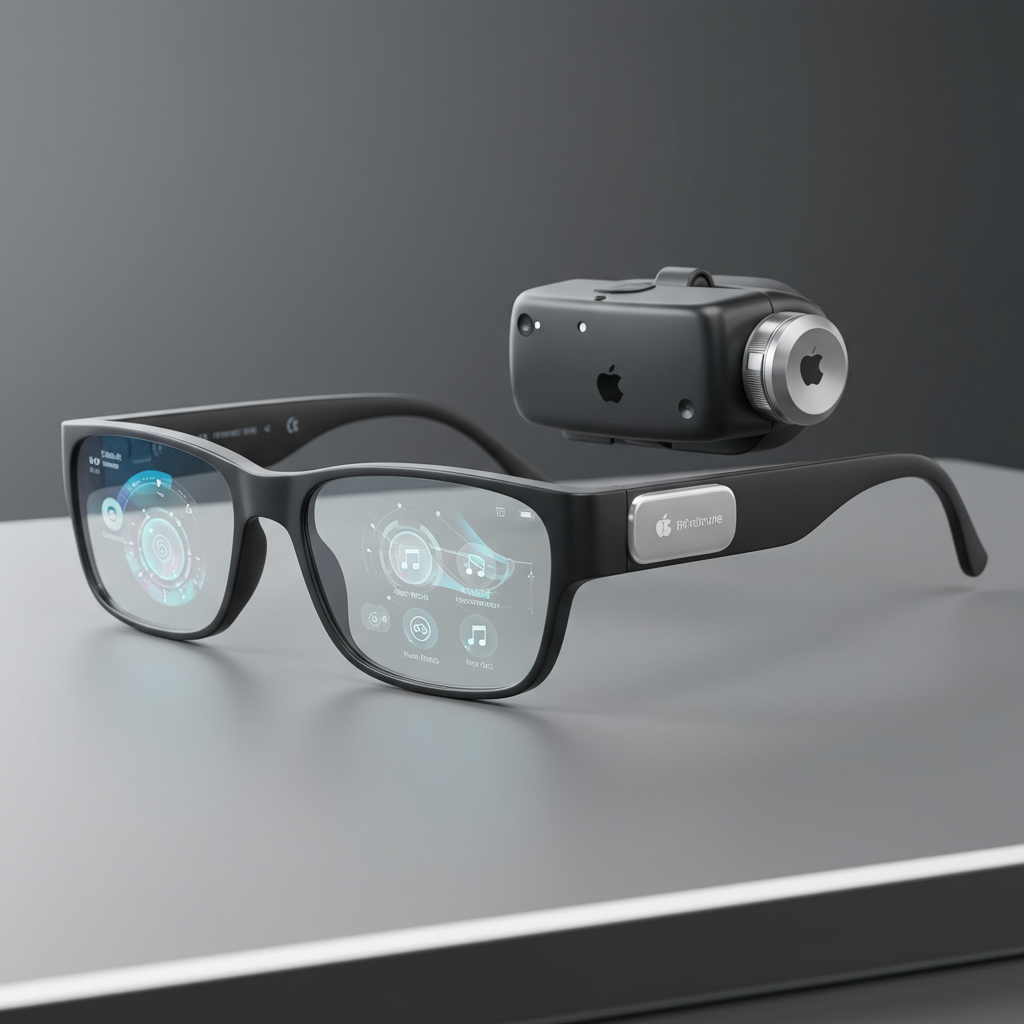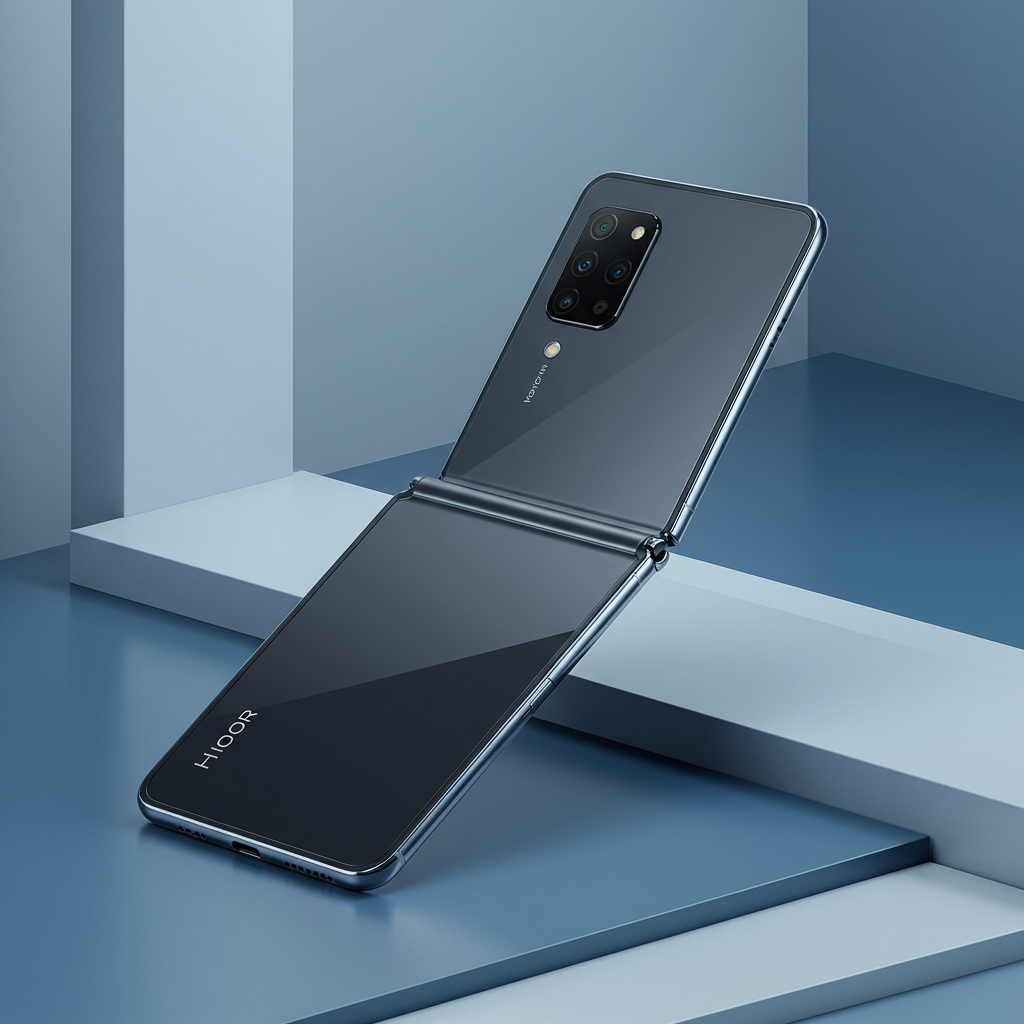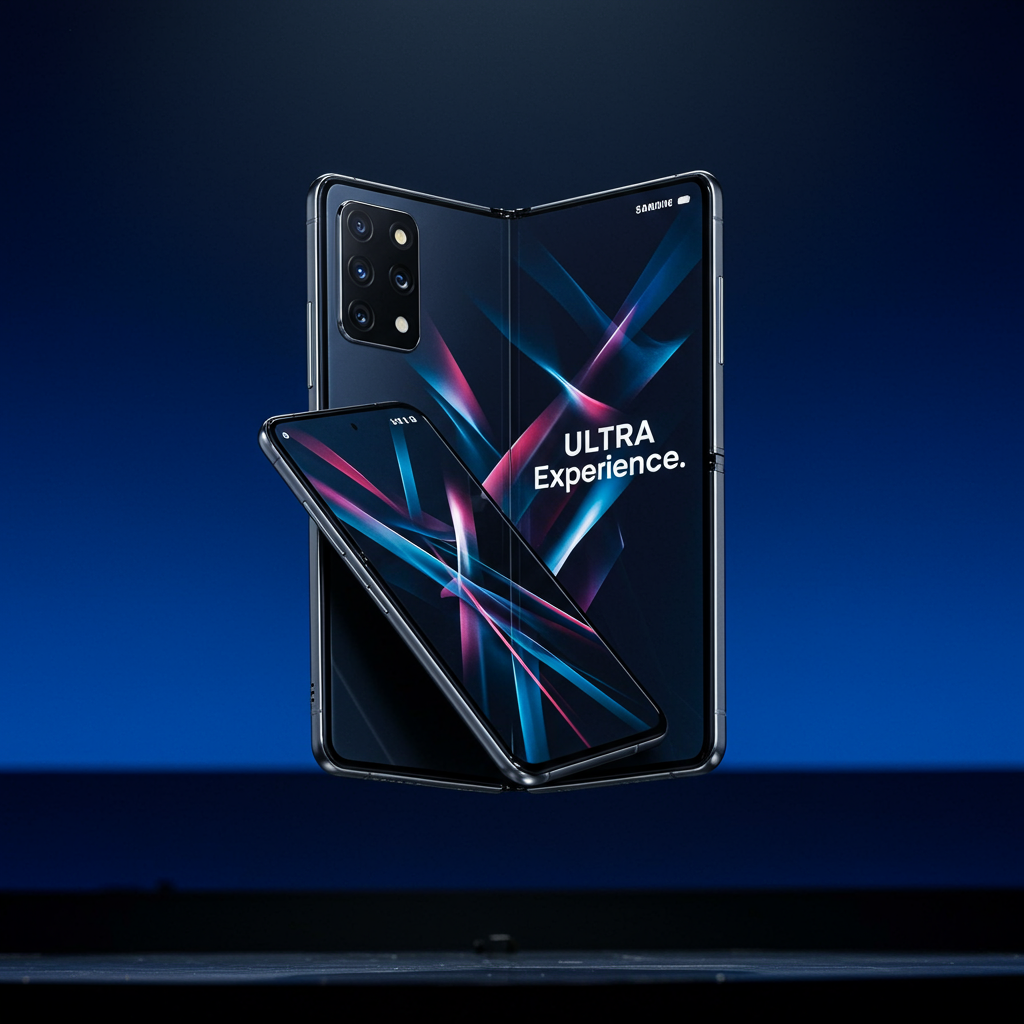Apple is reportedly charting an ambitious course for the future of wearable technology, moving beyond the initial foray of the vision Pro headset. Despite the Vision Pro’s premium positioning and limited mainstream adoption so far, a prominent analyst with a strong track record for predicting apple’s moves suggests a significant expansion is on the horizon. This detailed roadmap points to new head-mounted devices and true smart glasses potentially arriving as early as 2027, signaling Apple’s unwavering belief that spatial computing and wearables represent the next major wave in personal technology.
Apple’s Long-Term Vision for Wearables
Apple CEO Tim Cook has long expressed confidence in the potential of augmented and virtual reality. While the Vision Pro served as a high-end, developer-focused launchpad into this space, its high price tag and feature-rich design limited its initial market impact. However, far from being deterred, Apple appears to be doubling down on its commitment. Supply chain analyst Ming-Chi Kuo, known for his often-accurate insights into Apple’s production plans, has outlined a multi-year strategy revealing a diverse lineup of devices planned between 2025 and 2028. Notably, Kuo’s analysis suggests a deliberate pause in new hardware releases for 2026 as Apple prepares for this expanded rollout.
The Road Ahead: A Multi-Device Strategy
Apple’s approach appears to be multi-tiered, addressing different user needs, price points, and form factors. The roadmap includes refreshes of the current Vision Pro, a new, more accessible headset known as Vision Air, and different iterations of genuine smart glasses.
Starting in late 2025, Kuo’s sources suggest a potential refresh of the original Vision Pro could enter production. This updated model is expected to retain the design of the current headset but receive a significant performance bump, upgrading from the M2 chip to Apple’s forthcoming M5 system-on-a-chip. This version is likely intended to keep the platform updated without introducing major changes to the existing hardware design. Production volumes are expected to remain relatively low, keeping this iteration firmly in the premium, limited-edition category.
Introducing the Vision Air: A Lighter, More Accessible Headset
The year 2027 is poised to be a pivotal one for Apple’s wearable ambitions. A key product expected to debut is the Vision Air, envisioned as a more consumer-friendly alternative to the premium Vision Pro. Mass production for the Vision Air is reportedly scheduled to commence in the third quarter of 2027.
This new headset is designed to be significantly lighter than the first-generation Vision Pro – estimates suggest a weight reduction of over 40 percent. This considerable decrease in weight is attributed to design choices focused on reducing bulk and cost. Instead of glass in certain areas, plastic components are expected to be used. Apple is also anticipated to leverage extensive use of magnesium alloy in the frame, opting against more expensive materials like titanium alloy.
Powering the Vision Air
Unlike the Vision Pro, which utilizes a powerful Mac-class processor, the Vision Air is expected to be powered by Apple’s flagship iPhone processor. This strategic choice likely contributes significantly to both the reduced cost and lighter weight of the device. While offering less raw power than the Vision Pro’s chip, an iPhone-class processor would still be highly capable for a wide range of applications, particularly those focused on augmented reality and lighter spatial computing tasks. This shift positions the Vision Air as a more accessible entry point into Apple’s spatial computing ecosystem, targeting a broader audience than its professional-grade sibling. The Vision Air is projected to launch at a “significantly lower price” than the current Vision Pro.
The Shift to True Smart Glasses in 2027
While the Vision Pro and Vision Air function as immersive headsets that overlay digital content onto a camera feed of the real world, the long-term vision for many users and developers is discreet smart glasses. These glasses would look much like normal eyewear but display augmented reality content directly onto transparent lenses.
Apple is actively pursuing this form factor as well, according to Kuo’s report. The initial step in this direction is anticipated to arrive in 2027, potentially preceding the Vision Air’s launch. Mass production for Apple’s first consumer smart glasses, described as having a “Ray-Ban-like” design, is reportedly slated for the second quarter of 2027.
Smart Glasses Without a Display
Interestingly, these initial smart glasses are expected not to feature a built-in display. Instead, they will focus on core functionalities that enhance daily life without requiring a screen interface. Key features reportedly include audio playback, a camera for photos and video recording, and “AI environmental sensing.” Interaction is expected to be driven primarily by voice control and gesture recognition. Apple is reportedly bullish on the potential of this display-free form factor, with projected shipments of between 3 million and 5 million units throughout 2027 alone. This forecast suggests Apple believes these simpler, less visually intrusive glasses could have a much wider market appeal than the current Vision Pro headset. This strategy aligns with similar efforts seen from competitors like Meta with their Ray-Ban smart glasses, focusing on utility and discreet integration into daily wear.
Looking Further Ahead: 2028 and Beyond
Apple’s roadmap extends beyond 2027, with plans for more advanced wearables later on. A second-generation Vision Pro headset is anticipated, potentially arriving in mid-2028 or later. This successor is expected to feature a completely new design focused on reducing weight “significantly” compared to the first model, alongside a lower price point. It will also likely retain a Mac-class processor, potentially the M5 or a newer chip, offering a substantial performance leap.
The more advanced AR glasses with integrated displays, the kind that project digital information directly onto transparent lenses, are also projected for release in 2028. These glasses are expected to utilize technologies like LCoS (Liquid Crystal on Silicon) displays and waveguide optics to create the AR experience. Like the 2027 model, they will likely support voice and gesture controls, with AI integration considered critical for their success in understanding and interacting with the user’s environment.
Competitive Landscape and Strategic Positioning
Apple’s aggressive roadmap places it squarely in competition with other major tech players heavily investing in the wearable and XR space, including Meta, Google, and Samsung. By developing a range of devices – from high-end immersive headsets (Vision Pro) to more accessible versions (Vision Air) and different types of smart glasses (display-free and display-equipped) – Apple is attempting to address various market segments and use cases simultaneously. This strategy leverages Apple’s strengths in hardware design, silicon development, and ecosystem integration. However, the success of these devices, particularly the smart glasses relying on AI and environmental sensing, will hinge heavily on Apple’s software advancements in artificial intelligence and spatial computing. A previously rumored tethered display accessory project, intended to work with iPhones and Macs, was reportedly paused, possibly due to weight challenges and lack of a clear competitive advantage against existing or planned products from rivals.
Frequently Asked Questions
What is the difference between Apple’s Vision headsets and the planned 2027 smart glasses?
Apple’s Vision headsets, like the current Vision Pro and the planned Vision Air, are immersive devices that use cameras to capture the real world and display it on internal screens, allowing for augmented reality overlays. The initial smart glasses expected in 2027 are designed to look more like traditional glasses. Crucially, they will reportedly not have a built-in display for showing AR content. Instead, they will focus on features like audio, camera functions, voice/gesture control, and AI sensing, enhancing daily life without a visual overlay on the lenses.
When are Apple’s next wearable devices expected to launch according to recent analyst reports?
Based on analyst Ming-Chi Kuo’s projections, Apple is not expected to launch any new head-mounted devices in 2026. However, 2027 is anticipated to be a key year with two potential launches: the display-free smart glasses (mass production in Q2 2027) and the lighter, more affordable Vision Air headset (mass production in Q3 2027). Further releases, including a second-generation Vision Pro and AR glasses with integrated displays, are projected for 2028.
Why is Apple developing both immersive headsets like Vision Air and screenless smart glasses?
Apple appears to be pursuing a multi-faceted strategy to capture different segments of the growing wearable and spatial computing market. Immersive headsets like Vision Air (and Vision Pro) are suitable for deeper engagement, productivity, and entertainment within a personal or controlled environment. Screenless smart glasses, on the other hand, target daily wearability and subtle utility, integrating features like audio, camera, and AI into a discreet form factor similar to regular eyewear. This approach allows Apple to address different use cases and price points, broadening the potential market for its wearable technology ecosystem.
Conclusion
Ming-Chi Kuo’s detailed roadmap paints a compelling picture of Apple’s future in spatial computing and wearable technology. The predictions highlight a clear strategy to diversify its offerings, moving from the high-end Vision Pro to more accessible devices like the Vision Air and a range of smart glasses beginning in 2027. By addressing different price points, form factors, and use cases, Apple aims to solidify its position in what it views as the next major trend in consumer electronics. While these remain projections based on supply chain data, they underscore Apple’s significant long-term investment and strategic planning in this dynamic market. The success of this vision will undoubtedly depend on Apple’s continued innovation in hardware, software, and artificial intelligence to deliver compelling and genuinely useful experiences across this expanding lineup.
Word Count Check: 1050




